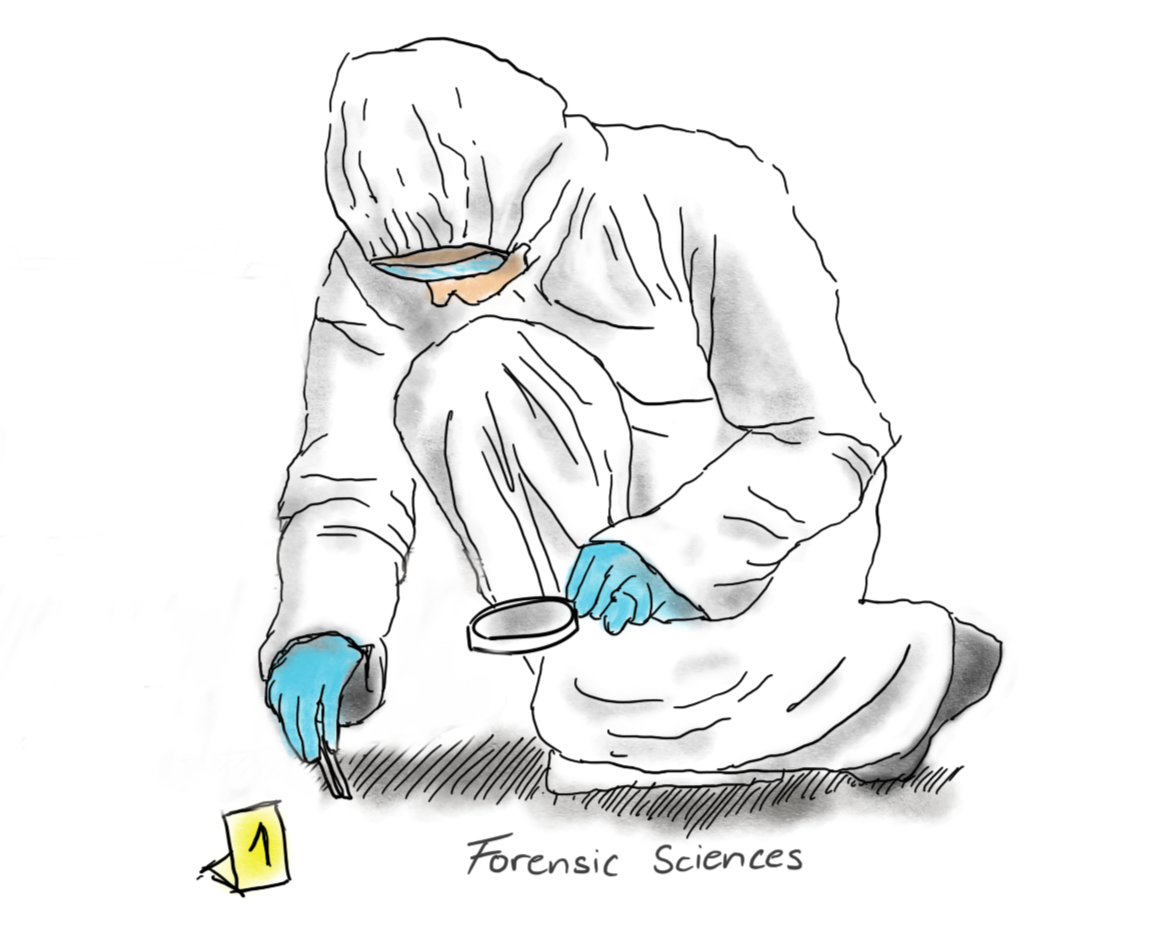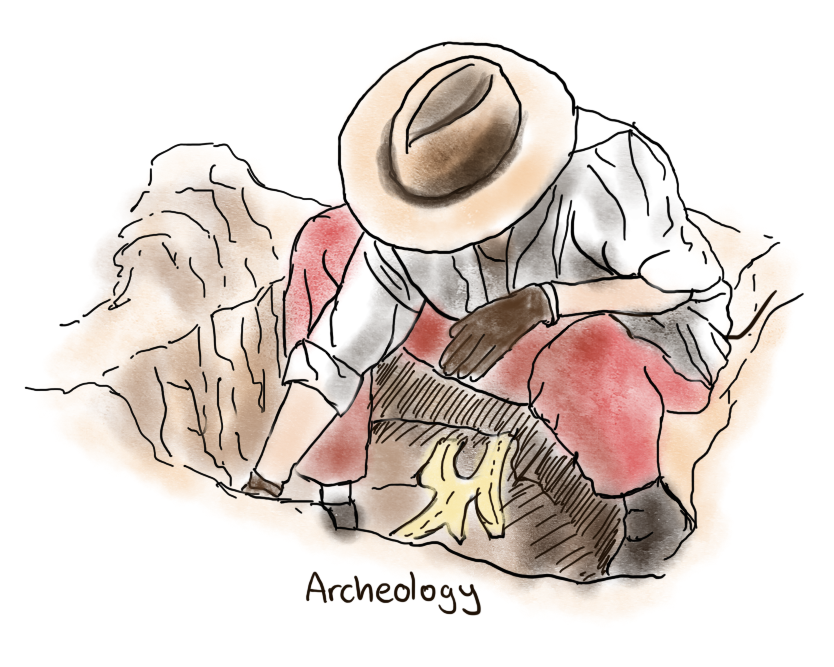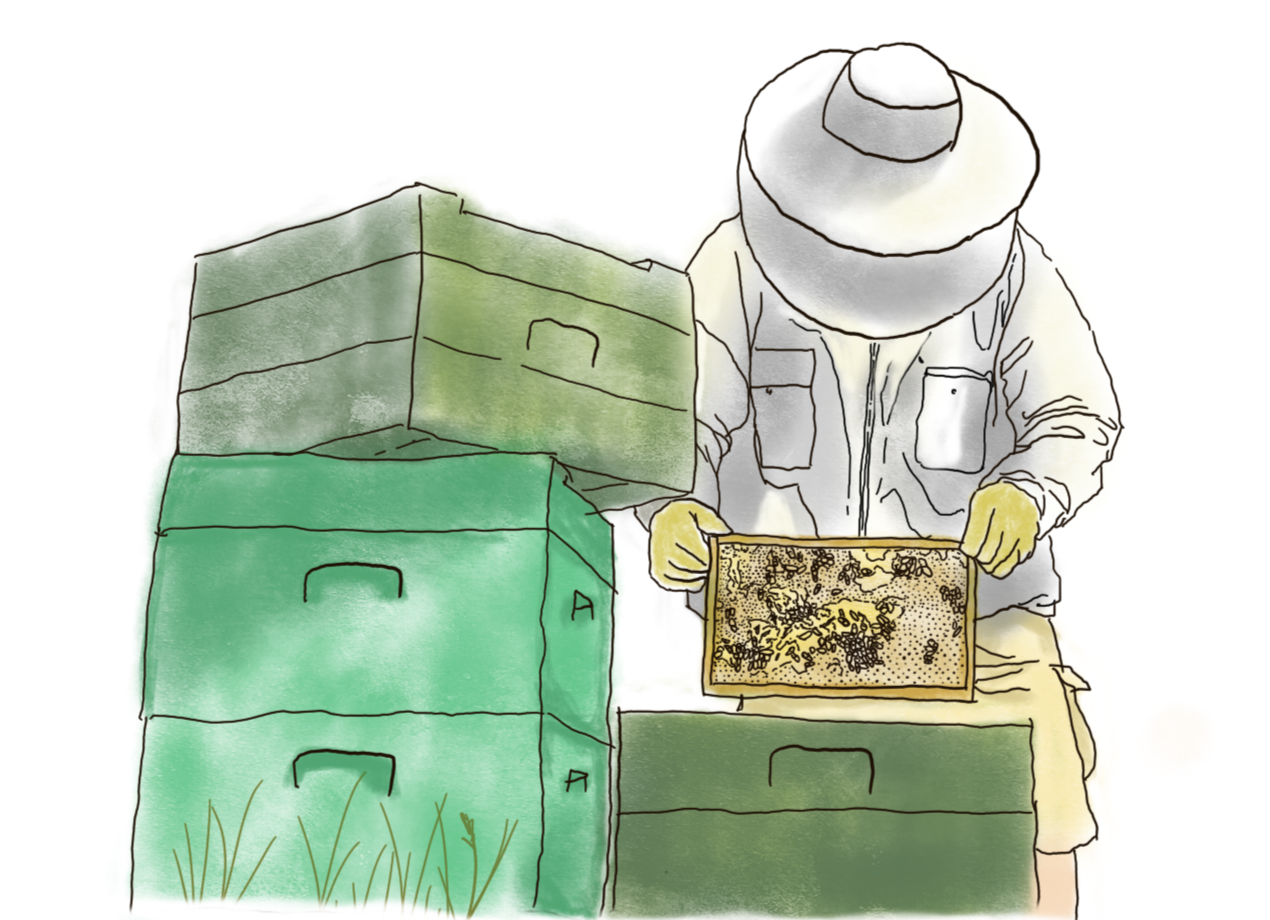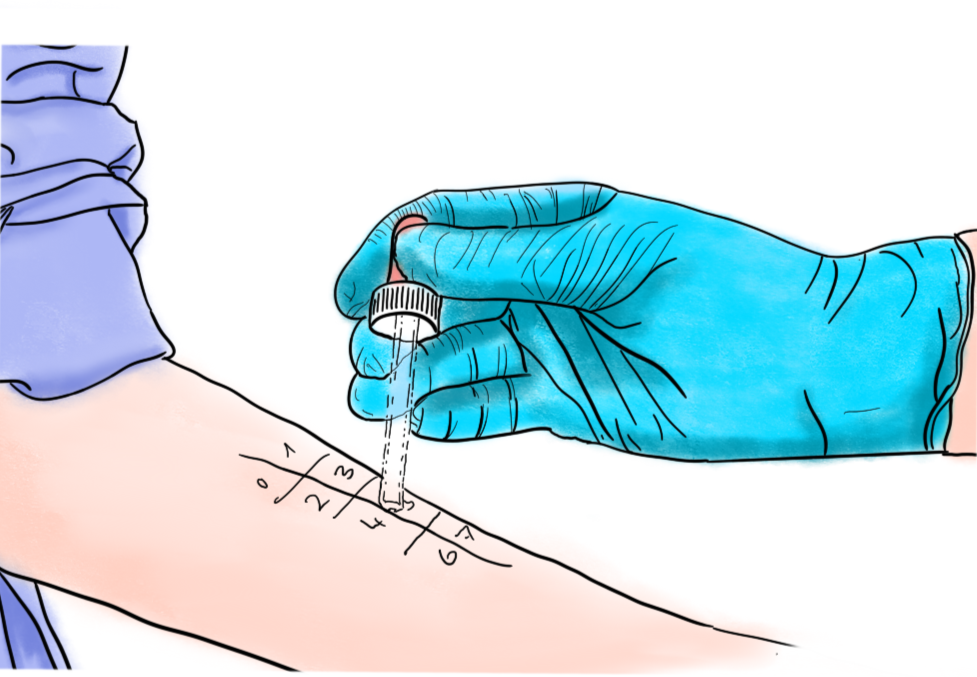NEPal - Northern European Palynology Database
The Open-Source Plattform for Automated Pollen Analysis
ABOUT US
The aim of this Collaboration is to evaluate existing automated systems in palynology and develop a comprehensive database tailored especially for machine learning. While palynology has a long history in natural sciences, it is largely limited by time and required expertise. We, therefore, recognize the realized need for automatization, which promises to help scientists minimize invested resources while being more consistent in its abilities compared with the diverse levels of expertise among palynologists.
Why palynology?
Palynology plays a crucial role in the food industry by identifying allergenic pollen in food products, aids climatologists in studying present and past climate patterns through pollen records, assists forensic scientists in criminal investigations and archaeological site dating through pollen analysis, informs studies on human evolution by analyzing ancient pollen deposits, and contributes to agriculture and medicine by studying pollen's impact on crops and human health. Its multidisciplinary applications highlight its broad significance in scientific research and practical applications.
Palynology and Forensic Sciences
One of the earliest milestones occurred in the 1950s when palynologists aided in solving criminal cases by analyzing pollen traces on suspects or victims. The famous case involving Dr. Arthur Koehler's expertise in identifying a specific type of pollen on a murder suspect's clothing showcased palynology's potential in legal settings. Today, pollen analysis continues to be a valuable tool in forensic investigations, helping establish links between individuals and crime scenes or providing crucial evidence in cold cases.


Palynology and Archeology
The field saw significant development in the mid-20th century when researchers utilized pollen analysis to reconstruct ancient landscapes and study human impact on ecosystems. Pioneering studies such as those by Lennart von Post established the foundations for pollen-based paleoecological reconstructions. Today, palynologists work hand-in-hand with archaeologists to analyze pollen grains in sediment cores and archaeological sites, shedding light on past vegetation, land use patterns, agricultural practices, and societal developments.
Palynology and Aerobiology
Aerobiologists study the passive transport by wind of organic material such as bacteria, spores, small insects and pollen grains. They study how these particles are produced, released, spread and influence the environment and the health of human, animals and plants. Their work helps track seasonal pollen trends, assess long-term environmental changes, and support biodiversity conservation efforts. By combining fieldwork, laboratory analysis, and modeling, aerobiologists contribute valuable insights into how pollen dynamics respond to climate change and landscape alterations.


Palynology and Climatology
In the 1960s and 1970s, palynologists pioneered the use of pollen records from sediment cores to reconstruct past climate conditions, such as temperature and precipitation levels. These studies provided crucial data for climate modeling and understanding long-term climate trends. Today, palynology remains an integral part of climatology, contributing to research on climate change impacts, vegetation dynamics, and ecosystem responses to environmental shifts, offering valuable insights into Earth's climatic history and future trajectories.
Palynology in the Food industry
In the mid-20th century, palynologists began identifying pollen grains in honey samples to determine their floral sources, establishing methods for authenticity and geographic origin verification. Today, palynology is instrumental in detecting allergenic pollen in food products, aiding in labeling regulations for allergic consumers. Additionally, pollen analysis assists in tracing pollen contaminants in food processing environments, contributing to maintaining hygiene and product integrity across the food supply chain.


Palynology and Biology
Early studies in the late 19th and early 20th centuries by botanists like Friedrich Hermann Gustav Reinsch laid the groundwork for pollen morphology studies, linking pollen characteristics to plant taxonomy and evolutionary relationships. Palynology's contributions to modern biology include pollen analysis in plant reproductive biology studies, pollen-mediated gene flow assessments in crop breeding, and pollen-based ecological studies to understand plant-pollinator interactions and ecosystem dynamics.
Palynology and Medicine
Aerobiology, particularly in the context of real-time pollen monitoring and warning systems, is incredibly relevant in the medical system for managing allergies and respiratory conditions. These systems use advanced pollen monitoring technologies, such as pollen counting stations and airborne pollen sensors, to track pollen levels in the atmosphere. By providing real-time data on pollen concentrations, these systems help individuals with allergies and respiratory conditions plan their activities and take preventive measures, such as adjusting medication or avoiding outdoor exposure during peak pollen times.
